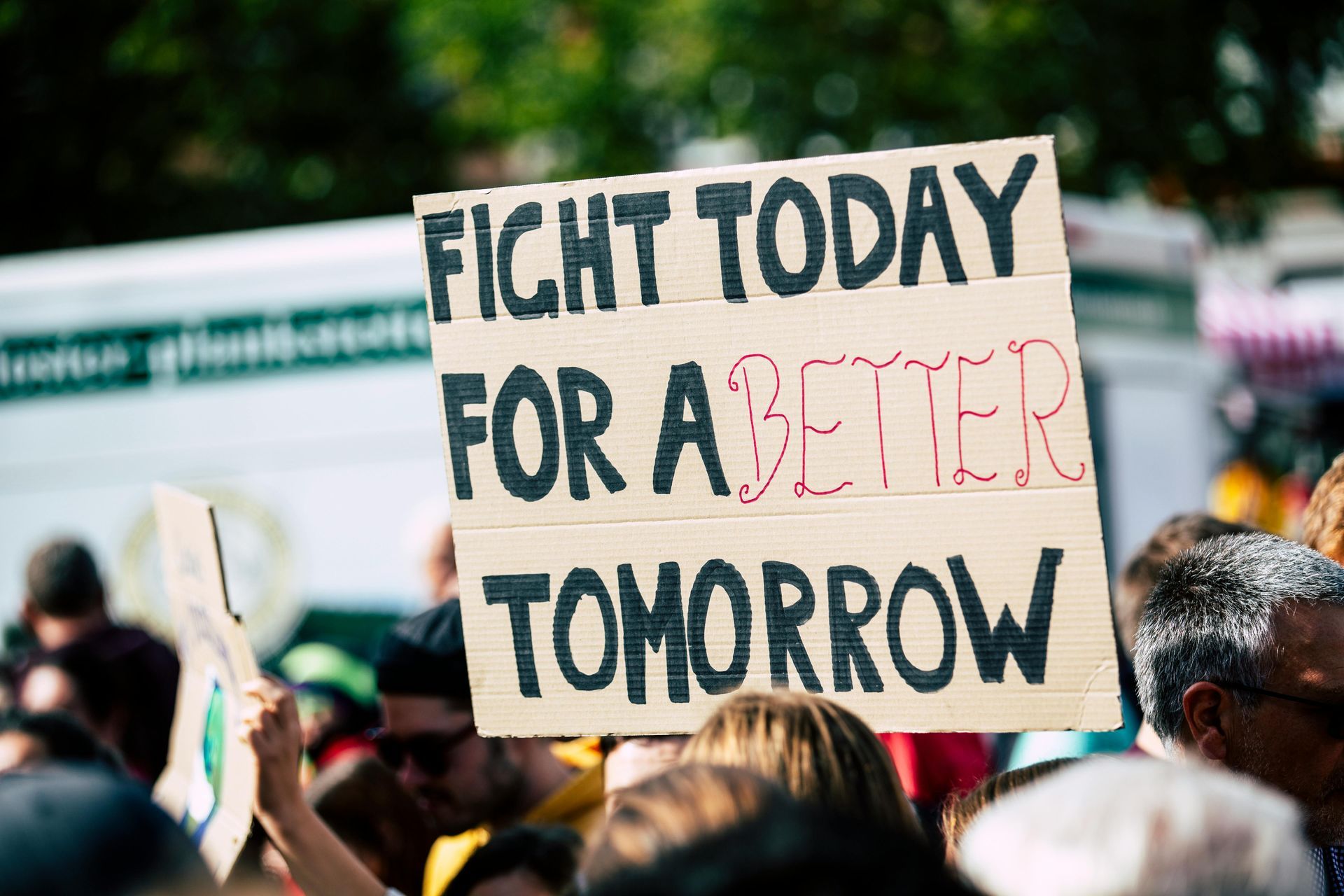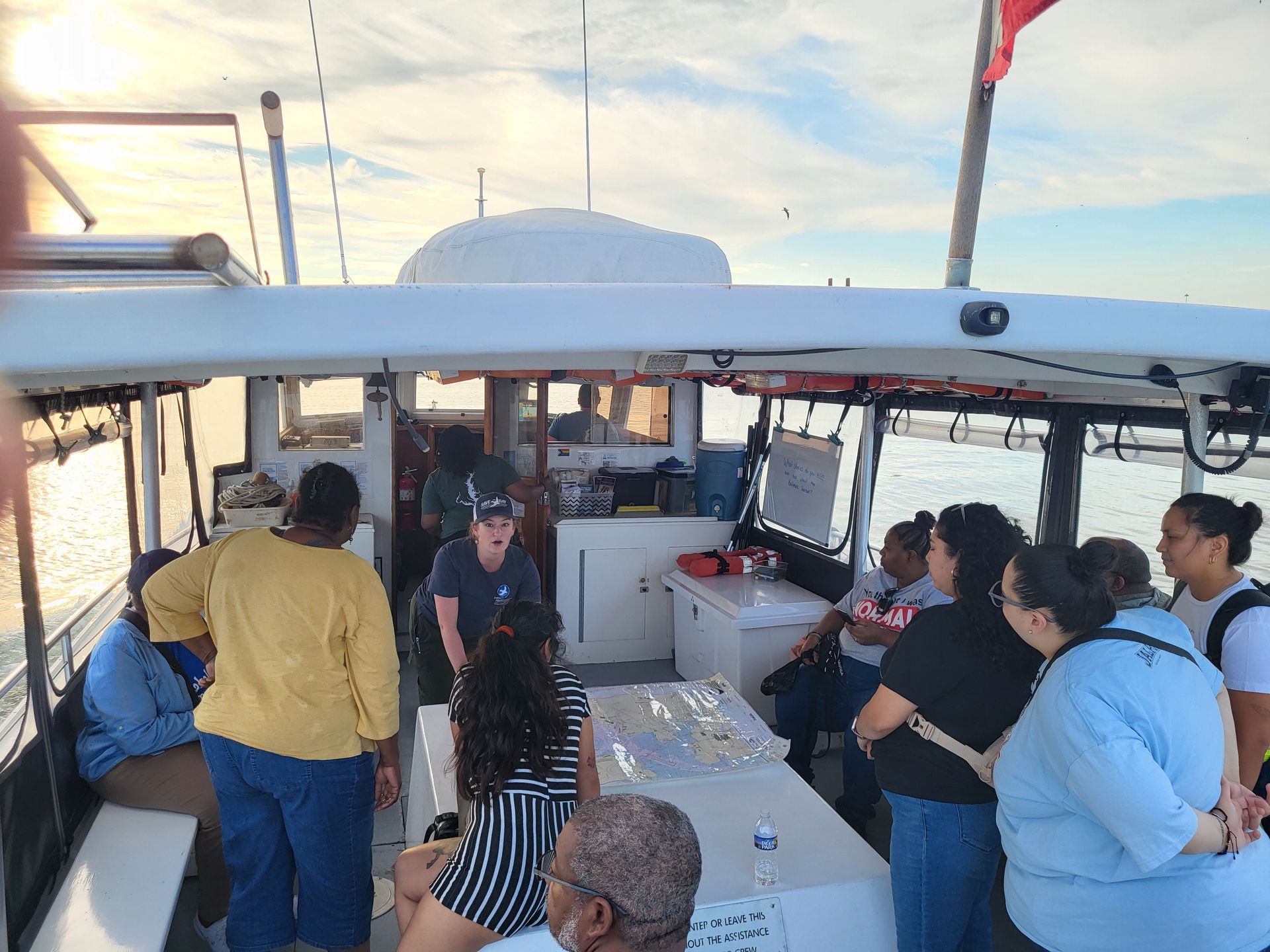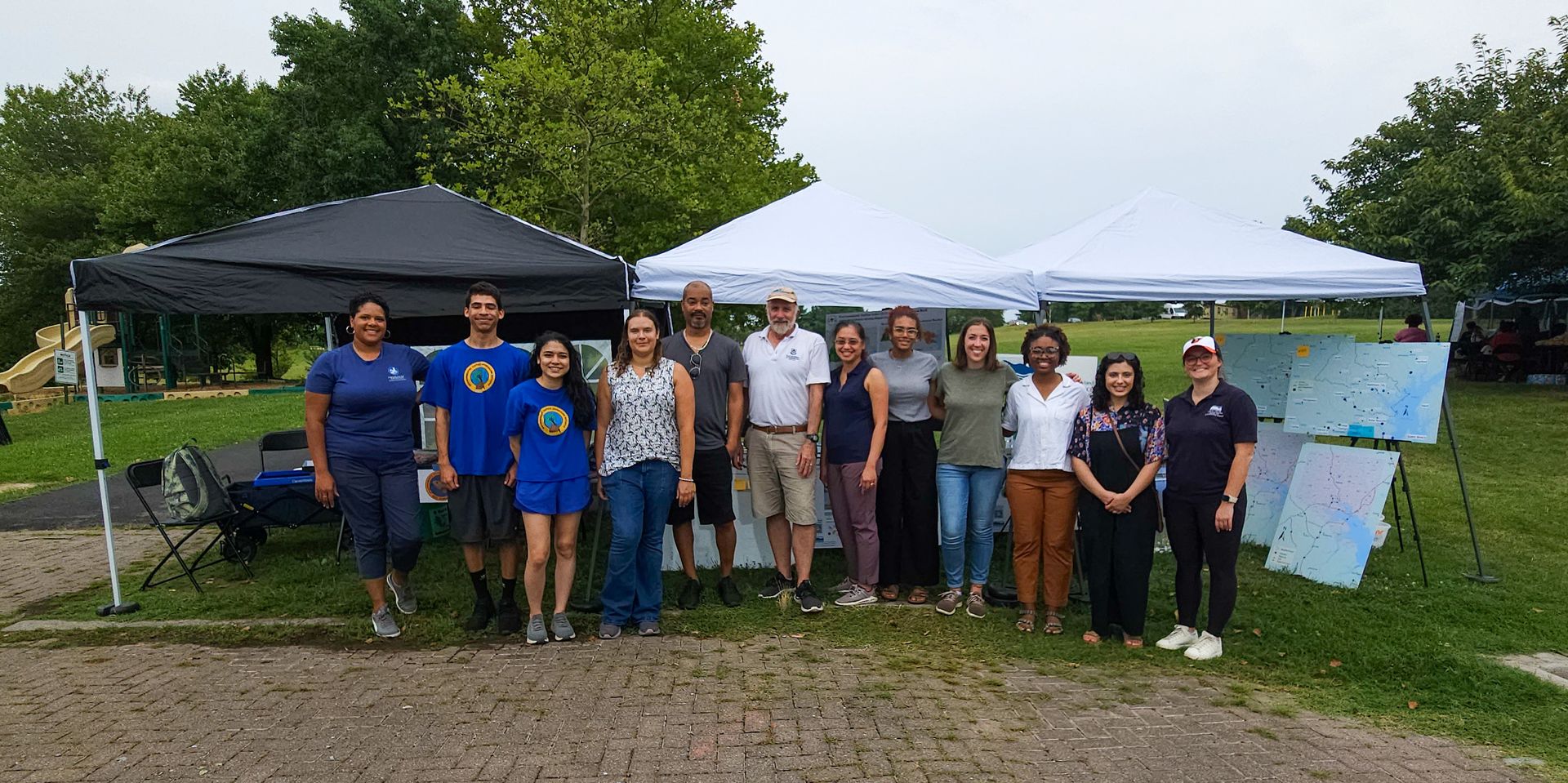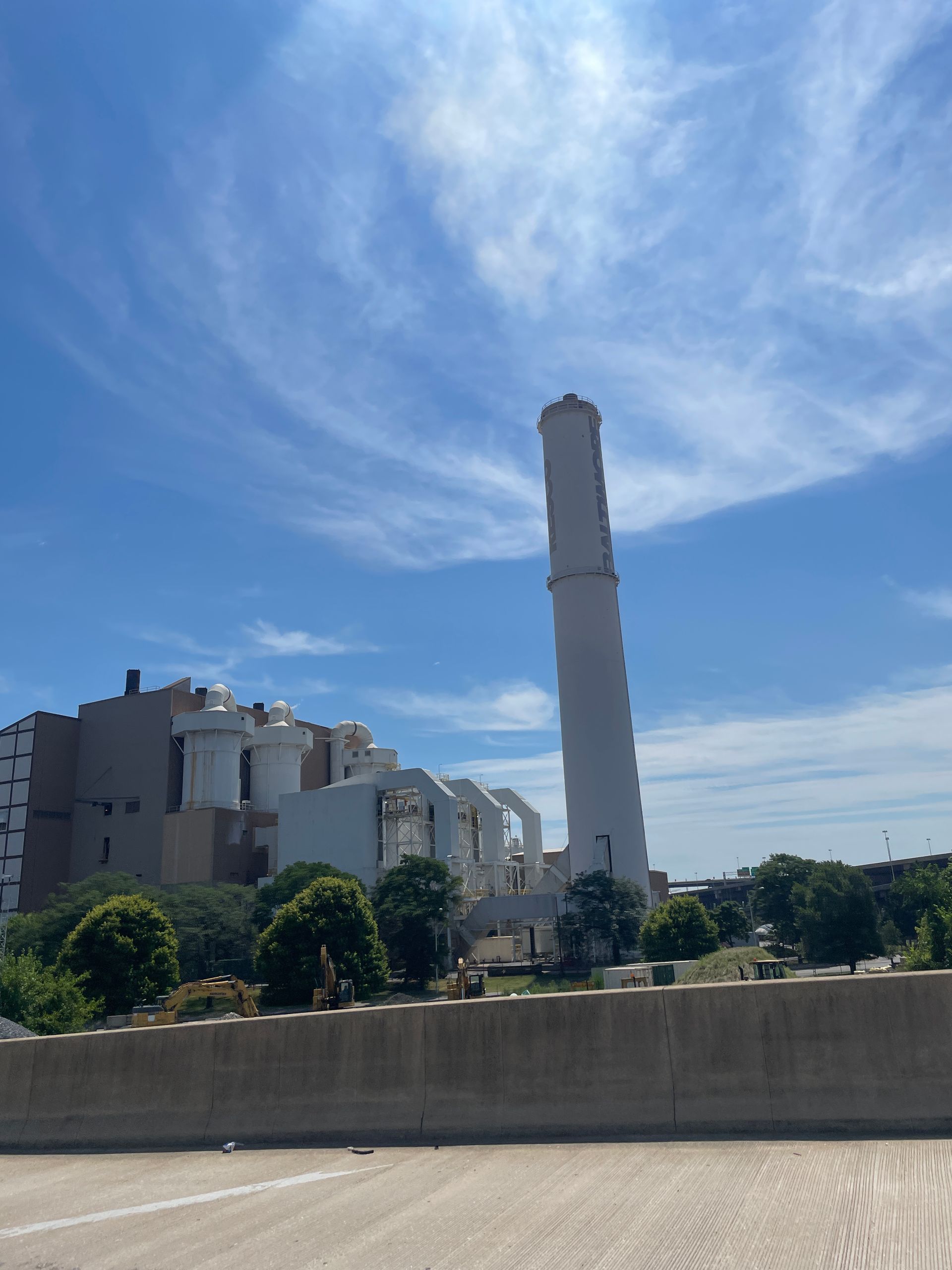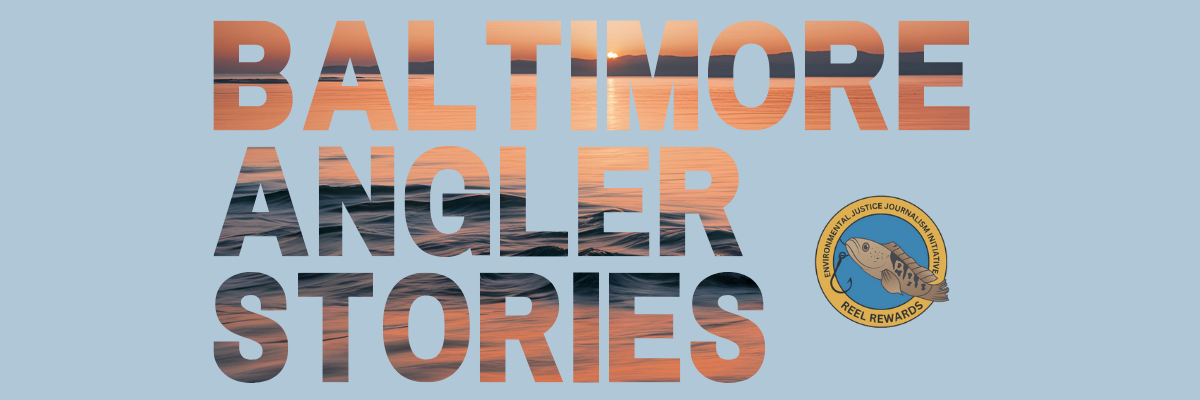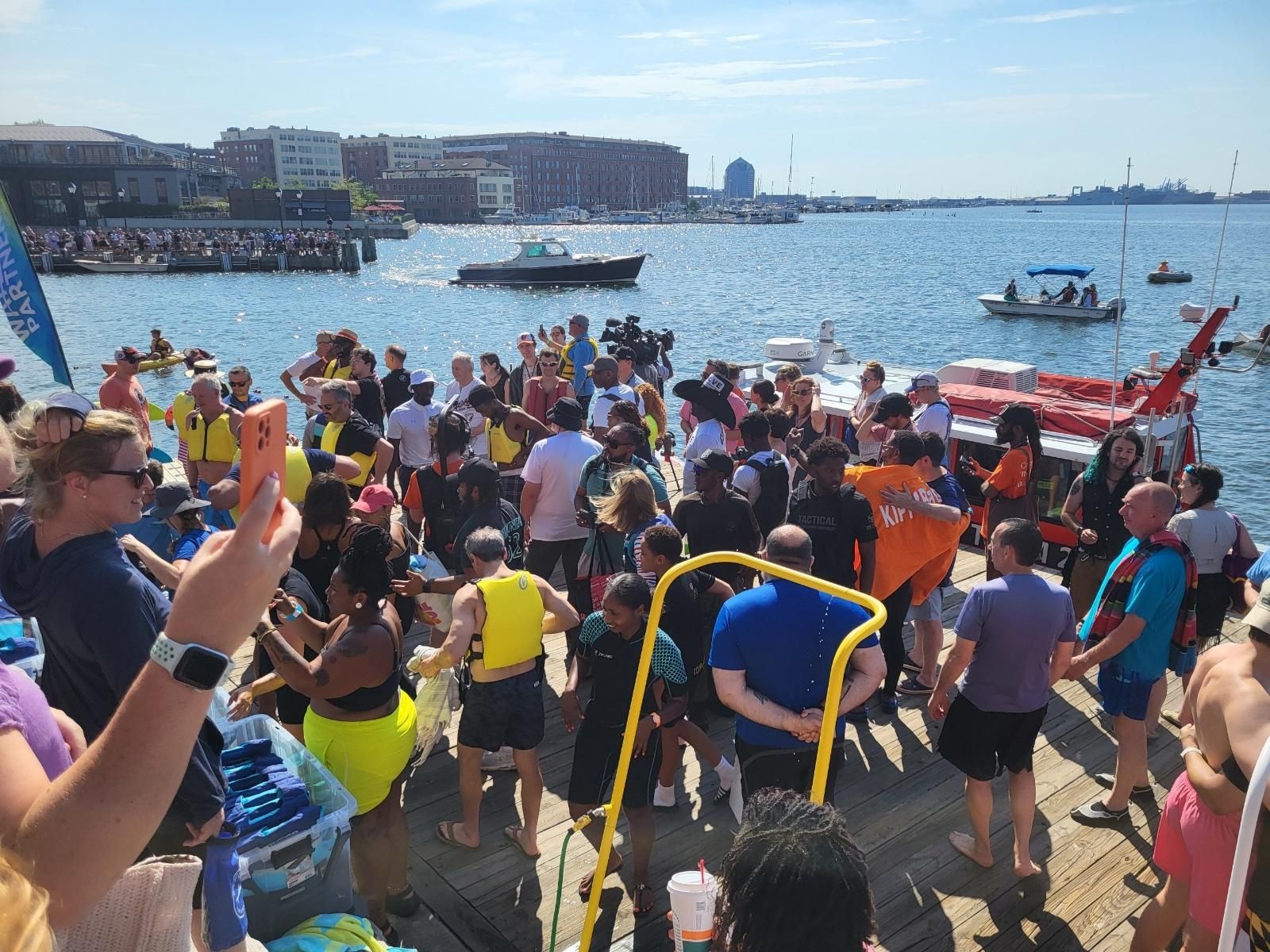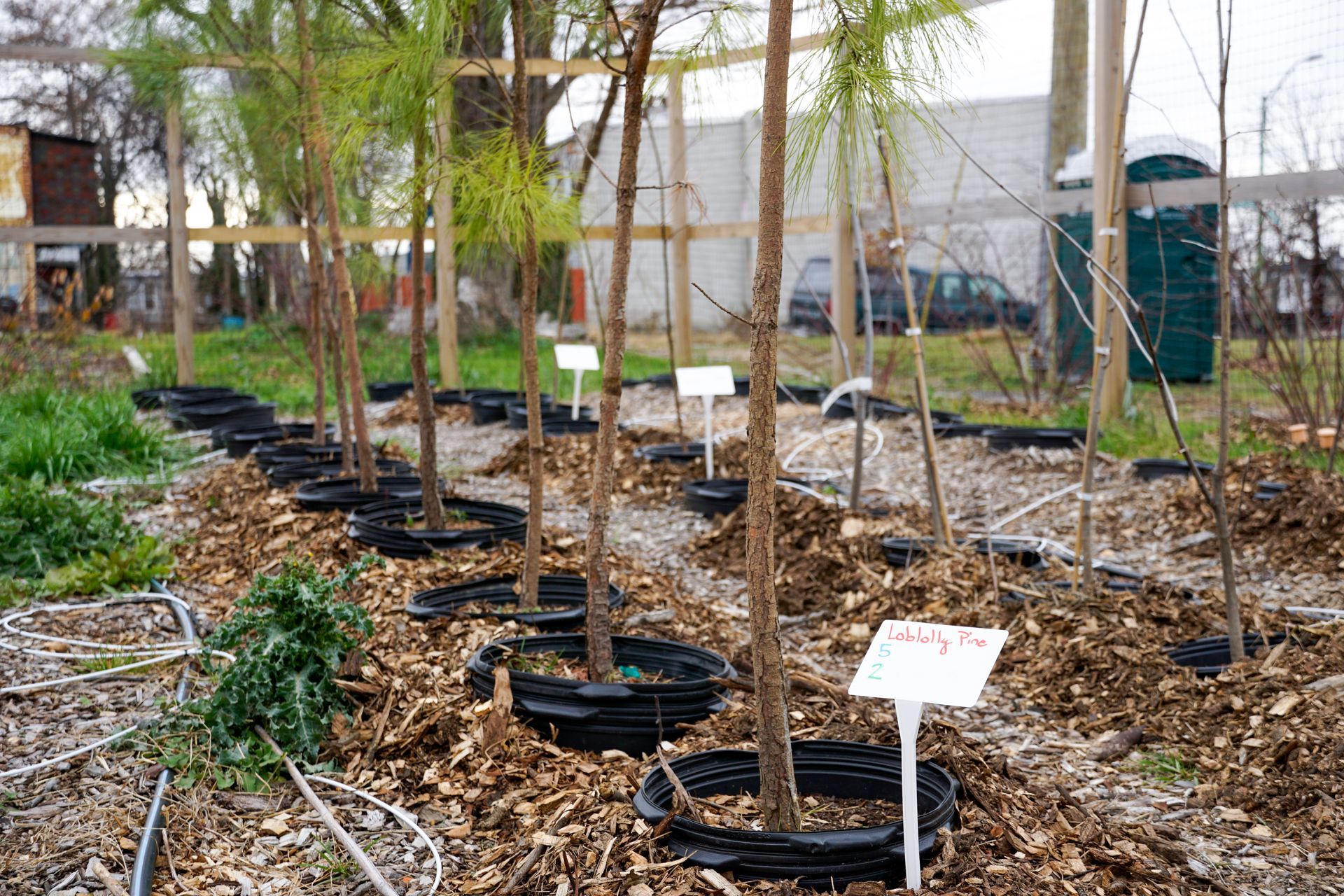Deal Island is Sinking Under the Weight of Climate Change
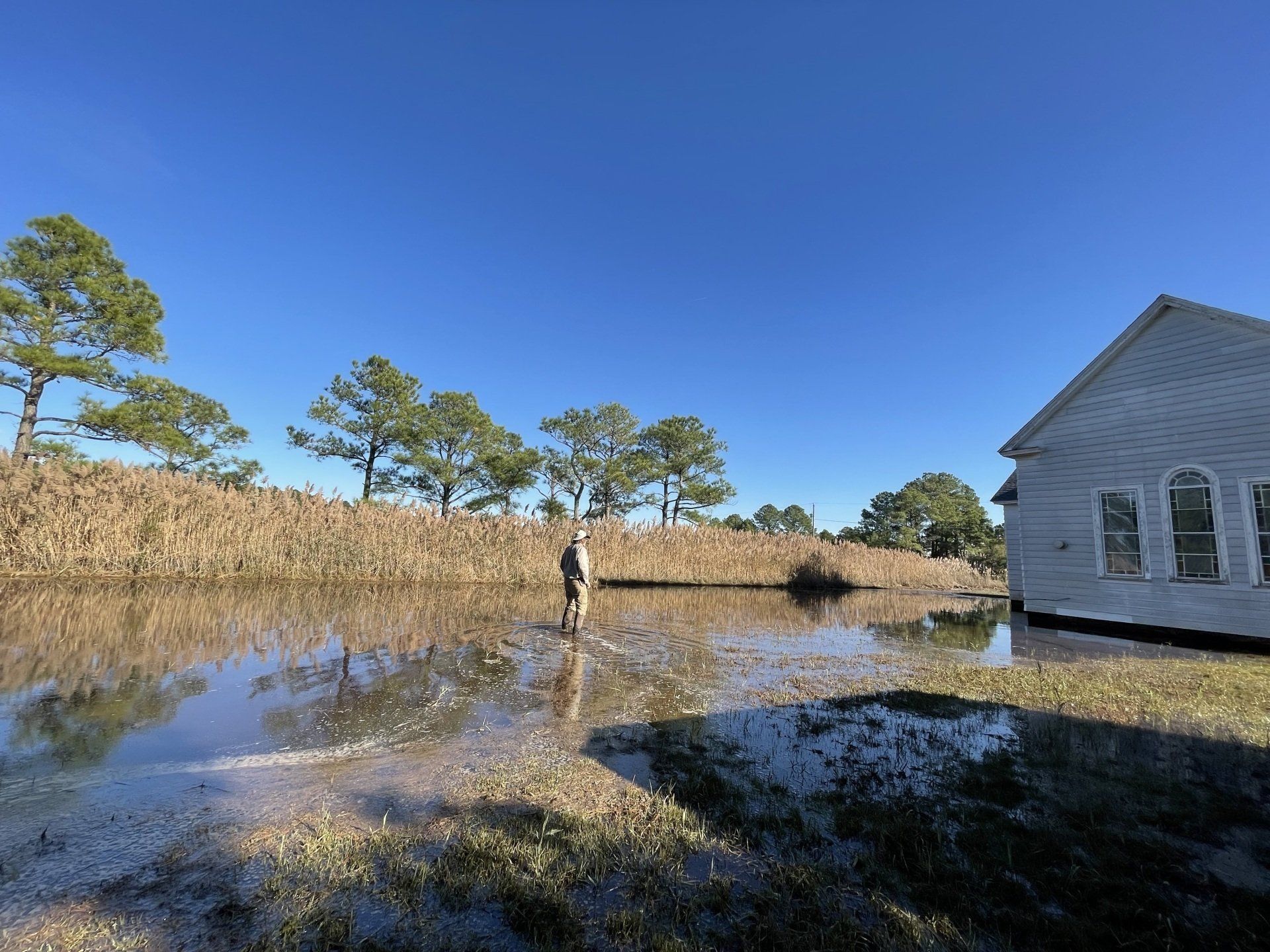
Deal Island is Sinking Under the Weight of Climate Change
By Rona Kobell
Climate change will harm the planet in many ways, but it is going to harm it disproportionately. And few places illustrate that as much as the Black communities on the Eastern Shore, where so much history has already washed away. The Eastern Shore’s rate of sea level rise is about twice that of the rest of Maryland, and is the second highest in the United States after Louisiana.
Within the Shore, the water is rising the fastest and the land is sinking the quickest in Dorchester County. Half of the county – mostly the southern part – will be underwater by 2100, according to predictions from the University of Maryland Center for Environmental Science. Somerset County is next on the list.
So, we decided to make a film to tell the story of what is happening, and to tell it through Black filmmakers. Rona Kobell, longtime Chesapeake Bay writer, as a writer and producer; Andre Chung, longtime photographer and filmmaker, as director and cinematographer; Sean Yoes, longtime editor, reporter, and podcast/radio host as writer, co-director/producer, narrator. All three are working with students and mentoring them to do additional projects adjacent to the film, including writing, podcasts, and photography.
Our film will show the ways that Dames Quarter, on Deal Island, has suffered, and what are the solutions that could help it and other places:
- Black communities, like Riley Roberts Road in Dames Quarter, got the lower land to begin with. They have not gotten assistance in rebuilding.
- Black communities on the Shore were not allowed to incorporate – and none of them did. Incorporation is a path for communities to have control over their destiny, and receive state and federal funds for rebuilding. Without it, Dames Quarter and indeed the whole Deal Island peninsula has been shut out of help.
- With the land sinking and saltwater intruding, Black lands are sinking ever further. Residents leave not because they want to, as historians Clara Small and Maya Davis explain, but because they must. There is nothing left for them where they came from.
- Land preservation programs ignore these lands; the state already controls development on them, because they are now wetlands, so there’s no reason to use taxpayers’ dollars to protect them.
- Historic preservationists dismiss their value. These preservation societies seek mansions and lighthouses, not small Black churches and graveyards or sharecropper homes. In Somerset County, the historic trust has no Black members.
